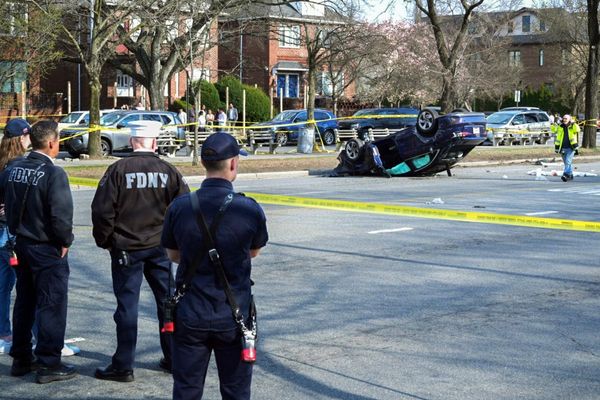FIREFIGHTERS are exhausting all efforts to protect the community from the biggest grass fire risk in more than a decade.
Two years of above average rainfall has increased fuel loads, meaning any grass fire which breaks out in the coming weeks has the potential to be larger and more intense than normal.
In the last fortnight, Fire and Rescue NSW (FRNSW) firefighters have undertaken a hazard reduction burn in 28-hectares of fire prone land at Glendale.
And, FRNSW bushfire and aviation commander Scott Donohue has urged homeowners and landholders to follow their lead and take precautions now.
"It could only take a few days or weeks of hot and dry weather to ignite current heavy fuel loads and create a fire emergency in our own backyards," he said.
"We can't control what the weather does but we can all take steps to protect ourselves, our families and our property from the potential impacts of fire."

Their efforts have helped safeguard dozens of homes, a school and the local TAFE campus at Lake Macquarie which borders a highly combustible woodland area.
Months of wet weather have dampened planned fire mitigation efforts, but, FRNSW has made the most of every opportunity to reduce the risk.
Homeowners are being urged to prepare their Bushfire Survival Plan and discuss what they would do if a bushfire threatens their home.
Farmers should also establish firebreaks around paddocks, homes, sheds and equipment to slow the spread of fire.
New fire danger ratings have been put in place for the current fire season and members of the public have been asked to familiarise themselves with them.
WHAT DO YOU THINK? We've made it a whole lot easier for you to have your say. Our new comment platform requires only one log-in to access articles and to join the discussion on the Newcastle Herald website. Find out how to register so you can enjoy civil, friendly and engaging discussions. Sign up for a subscription here.







